A Blood Glucose Monitoring System is a medical device used to measure and track blood sugar levels, essential for managing diabetes and related health conditions. It provides real-time data to help users make informed decisions about their diet, medication, and lifestyle.
Components of a Blood Glucose Monitoring System:
- Glucose Meter:
- A small electronic device that displays blood sugar readings.
- Modern meters often have features like memory storage, Bluetooth connectivity, or app integration.
- Test Strips:
- Disposable strips that collect a blood sample for analysis.
- Each strip is calibrated for specific meters.
- Lancet and Lancing Device:
- Lancets are small needles used to prick the skin to obtain a blood sample.
- Lancing devices hold the lancet and allow for adjustable depth settings.
- Carrying Case:
- Convenient storage for the meter, test strips, lancets, and lancing device.
- Optional Add-ons:
- Mobile apps for tracking readings.
- Continuous glucose monitoring (CGM) sensors in advanced systems.
How It Works:
- Preparation:
- Wash and dry hands to prevent contamination.
- Insert a test strip into the glucose meter.
- Blood Sample Collection:
- Use the lancing device to prick the side of a fingertip.
- Squeeze gently to collect a small drop of blood.
- Testing:
- Touch the blood drop to the edge of the test strip.
- The meter analyzes the sample and displays the glucose level in a few seconds.
- Recording:
- Modern systems store data automatically, while others may require manual logging.
Benefits:
- Real-Time Monitoring:
- Provides immediate feedback on blood sugar levels.
- Personalized Management:
- Helps tailor diet, medication, and exercise plans.
- Early Detection:
- Identifies trends or fluctuations that may signal health issues.
- Convenience:
- Portable and easy to use for at-home or on-the-go monitoring.
Types of Blood Glucose Monitoring Systems:
- Traditional Meters:
- Require manual blood sample collection and testing.
- Affordable and widely available.
- Continuous Glucose Monitors (CGM):
- Use a small sensor inserted under the skin to measure glucose continuously.
- Send readings to a smartphone or display device in real time.
- Ideal for individuals needing frequent monitoring.
- Smart Glucose Meters:
- Integrate with mobile apps or cloud systems for tracking and analyzing data.
- Allow remote sharing with healthcare providers.
- Flash Glucose Monitors:
- Use a sensor to check glucose levels with a quick scan rather than a prick.
Key Features to Consider:
- Accuracy:
- Look for devices meeting FDA or ISO standards for reliability.
- Ease of Use:
- User-friendly interface, quick results, and minimal sample size.
- Connectivity:
- Compatibility with apps or data-sharing systems for advanced tracking.
- Cost:
- Consider the price of the meter, test strips, and accessories.
- Portability:
- Compact, lightweight designs for convenience.
Maintenance Tips:
- Calibrate the Meter:
- Follow manufacturer instructions to ensure accurate readings.
- Store Test Strips Properly:
- Keep them in a cool, dry place and check expiration dates.
- Clean the Meter:
- Regularly wipe the device to maintain hygiene.
- Replace Lancets:
- Use a fresh lancet for each test to prevent infections.
Blood glucose monitoring systems empower individuals to take control of their diabetes and overall health. Always consult with a healthcare provider to choose the system that best meets your needs and to ensure proper usage.

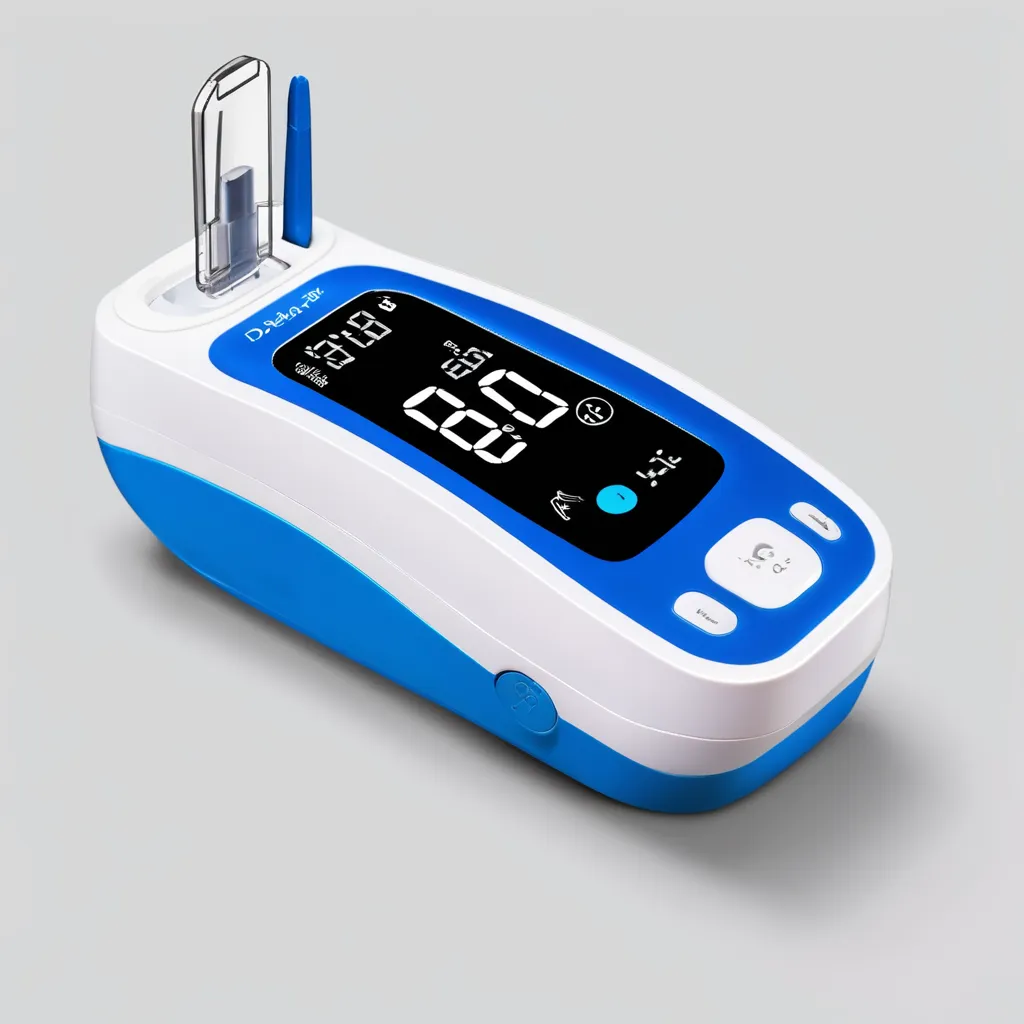


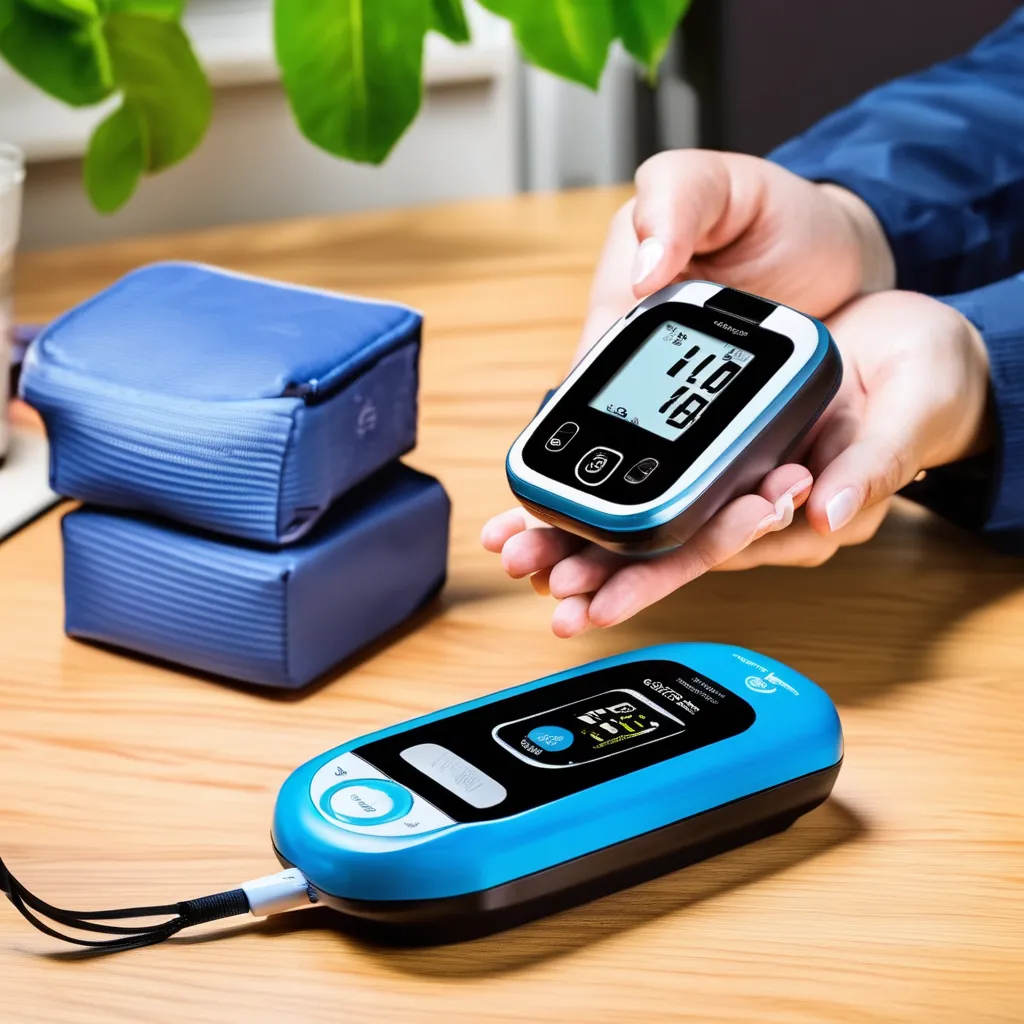
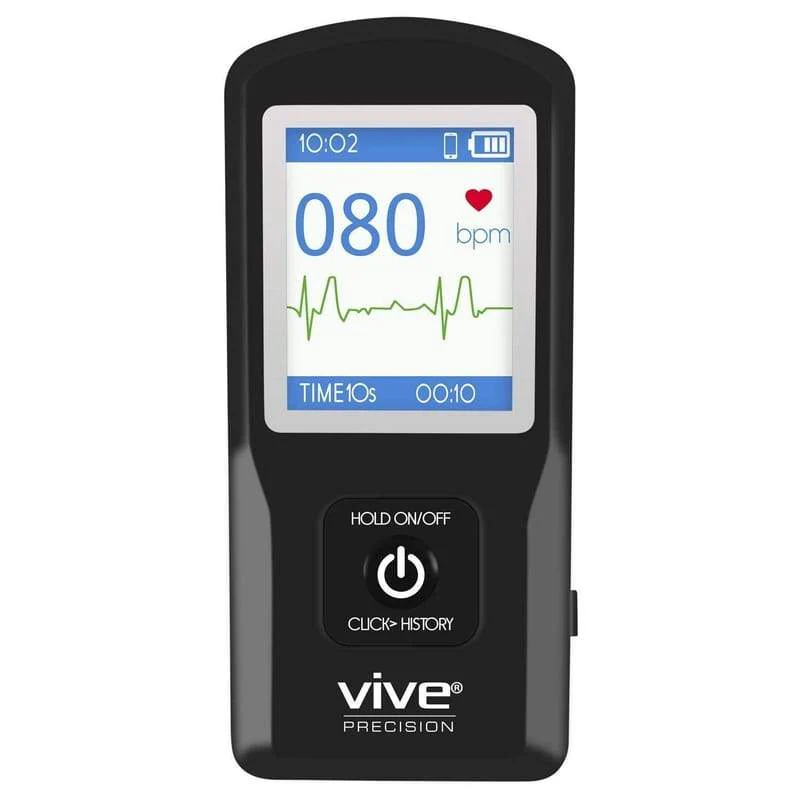
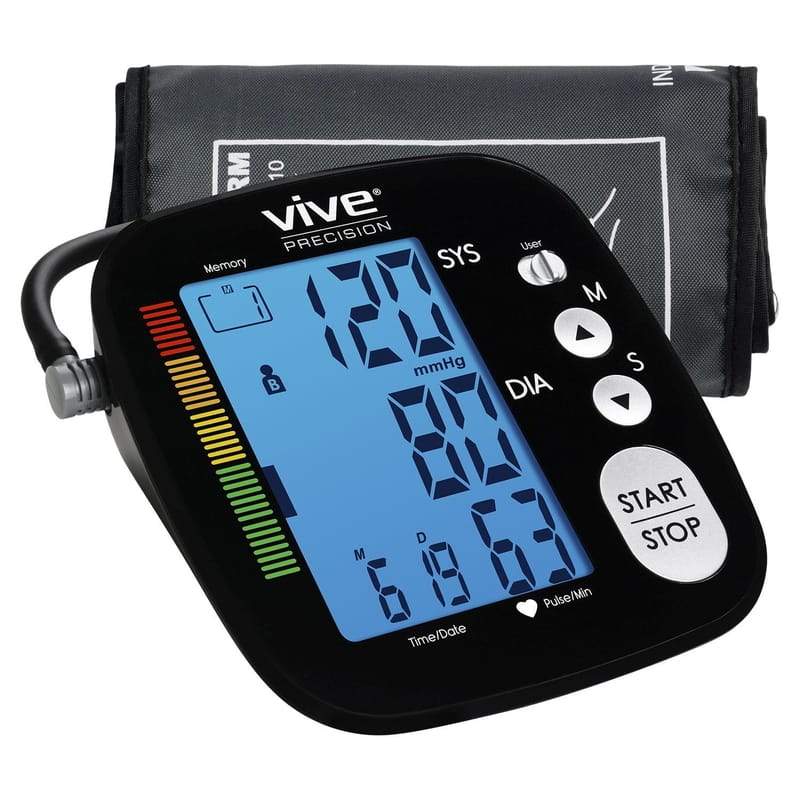
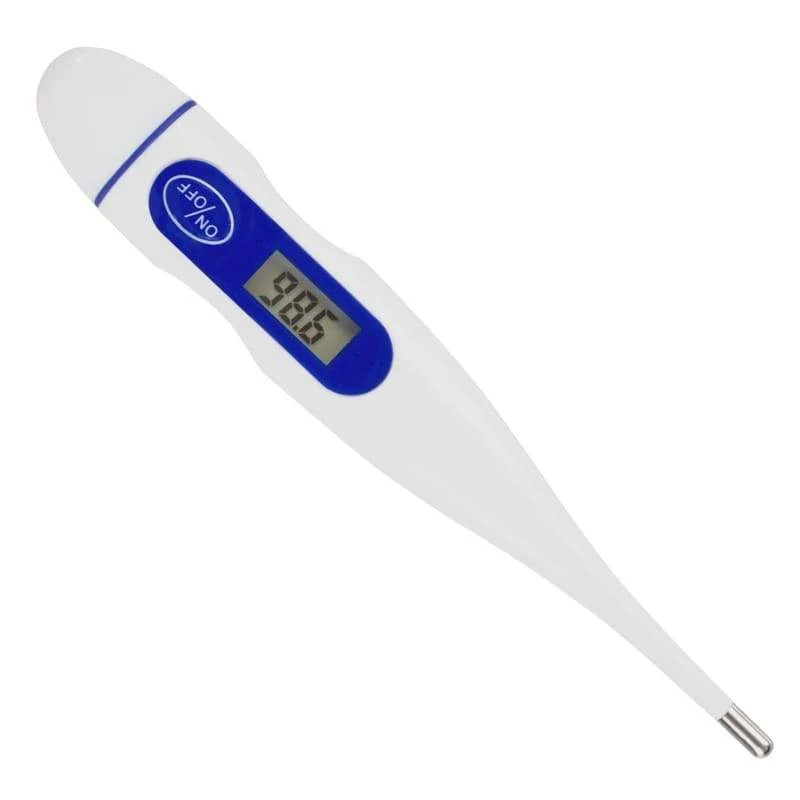
Reviews
There are no reviews yet.